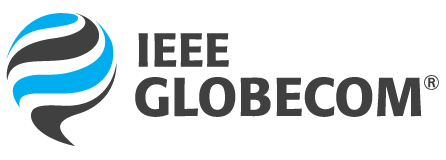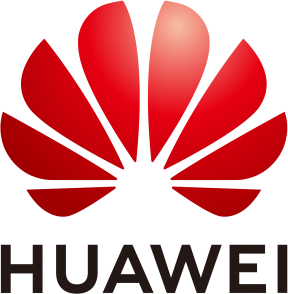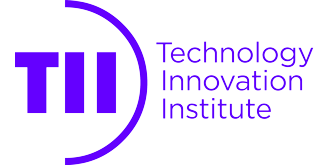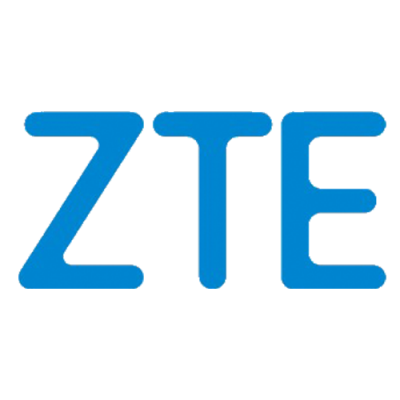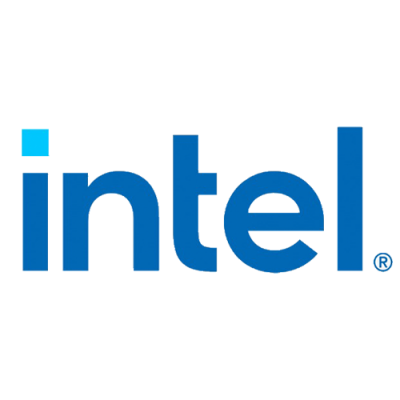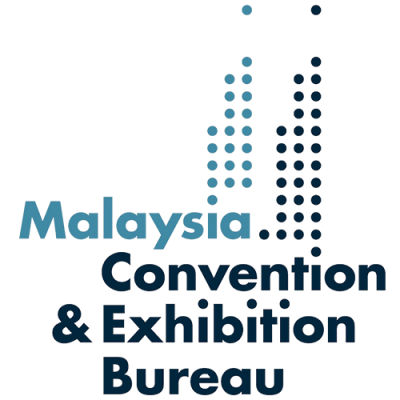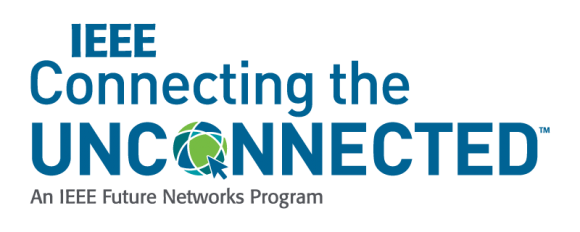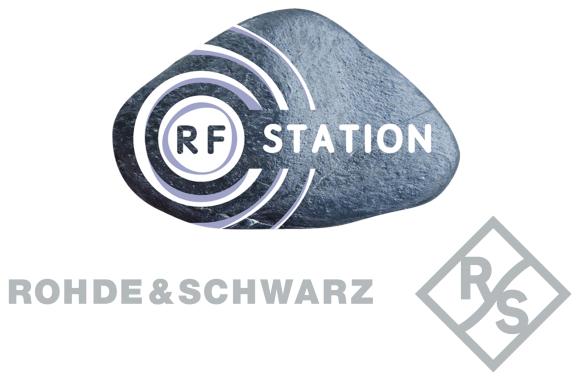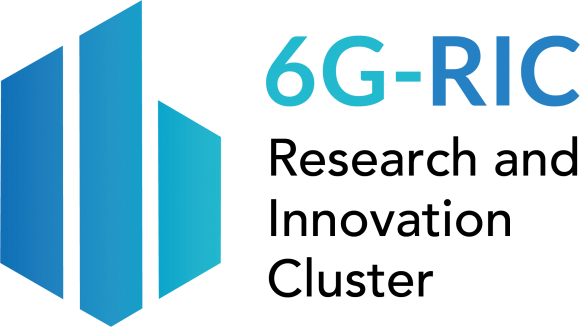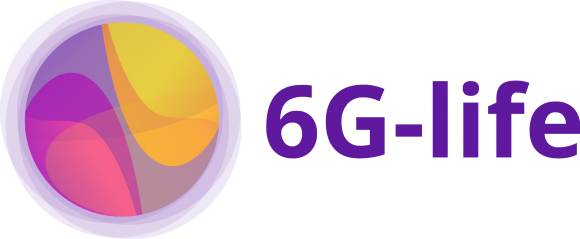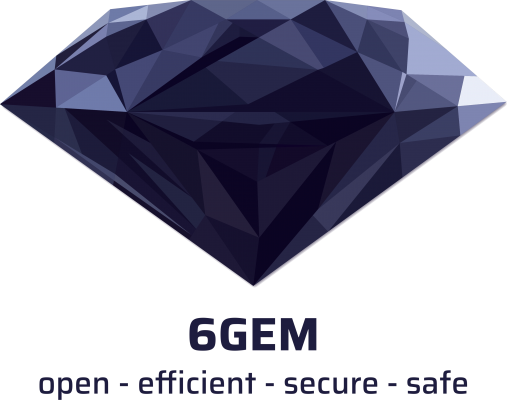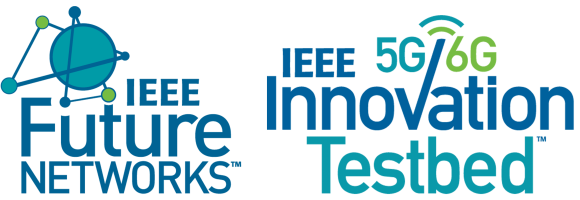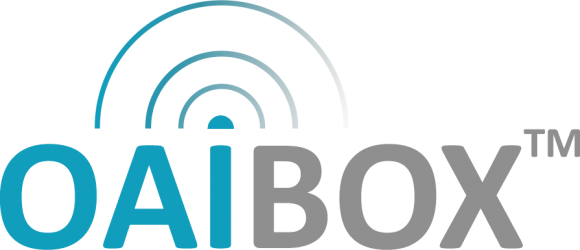SCOPE OF THE WORKSHOP
Group-oriented services are expected to accompany the transition from current 5G wireless systems to the next generation (6G) to support new classes of services such as mobile broadband reliable low latency communication (MBRLLC), which combines ultra-reliable low-latency communications (URLLC), mobile broadband (MBB) requirements, and mobility management at extremely high frequencies (EHF). Immersive communications, including extended reality (XR), haptic and holographic communications, represent such classes of services. However, user mobility complicates the design of EHF-based technologies operated with group-oriented directional transmissions.
For networks with high-speed nodes, large-scale mobility management requires effective beam switching and tracking functions to ensure uninterrupted communication. In the case of group mobility, the beam should track the major part of the multicast group users, which is more challenging since users may follow different mobility patterns. Furthermore, due to the strong directionality of EHF-based transmissions, even minor movements may lead to user blockage or frequent misalignment, which can spontaneously degrade the signal-to-noise ratio (SNR) and waste time on beam searching procedures.
Multicasting (group-oriented communication) is critical since a blocked user can severely deteriorate the user-perceived throughput performance of the entire group since the data rate of the session depends on the instantaneous channel quality of the worst user in the group. Multicast users are more likely to correspond to pedestrian flow based on group motion, which necessitates using models that reproduce motion with user interactions in high-density scenarios.
Therefore, the 6G wireless ecosystem calls for a convergence of communication, computing, and localization systems supported by psychology, neuroscience, and intelligent transportation to accurately imitate group motion in various scenarios and support 2030 and beyond communications.
TOPICS OF INTEREST INCLUDE
Potential topics on the interdisciplinary mechanisms that manage group mobility in 6G and beyond networks include, but are not limited to, the following:
- Mobile Broadband Reliable Low Latency Communications (MBRLLC);
- Immersive Holographic Group-Oriented Communications;
- Mobility Management at EHF for Group-Oriented Communications;
- Experimental Testbeds and Measurements of Pedestrian Group Mobility;
- Edge Learning for Analysis of Multicast Group Behavior;
- Edge Intelligence and Edge Learning for 6G Group-Oriented Communications;
- Caching and Coded Multicasting Data Delivery Design;
- New Network Architectures for 6G Group-Oriented Communications;
- Network Management using SDN and NFV for 6G Group-Oriented Communications;
- Device-To-Device (D2D) Relaying to Enhance 6G Group-Oriented Communications;
- Multi-Connectivity Support for 6G Group-Oriented Communications;
- Novel Antenna Design Solution for 6G Group-Oriented Communications;
- Multi-group Multicast Cell-Free Massive MIMO Solutions;
- Meta-surfaces Implementation for 6G Group-Oriented Communications;
- Localization and Sensing for 6G Group-Oriented Communications in the EHF bands;
- Localization, Sensing, and Communication synergy within the 6G Multicast Ecosystem.
